
South Island Wren
Xenicus gilviventris


Xenicus gilviventris

The South Island Wren, also known as the Rock Wren or Pīwauwau in Māori, is a tiny native bird unique to New Zealand's South Island alpine regions. About the size of a ping pong ball with legs, this charming little bird is a true mountain dweller, braving some of our country's harshest environments with remarkable resilience.
1. Tiny, almost tailless bird with a plump body and long legs
2. Constant bobbing motion and wing flicks when stationary
3. Prefers running and hopping to flying, rarely seen more than 2 meters off the ground
South Island Wrens breed in spring and summer, building cozy, enclosed nests in rock crevices. They're non-migratory, toughing out harsh alpine winters by sheltering in rock piles. Introduced predators, particularly stoats and mice, pose a significant threat to their survival. Climate change also risks pushing them off mountain tops as their alpine habitat shrinks.
Look for South Island Wrens in the alpine and subalpine zones of the South Island, particularly in the Southern Alps, from 900 to 2500 meters altitude. They're active during daylight hours, preferring rocky areas with low scrub. Focus your search on boulder fields and scree slopes. Listen for their high-pitched three-note call, which can help locate these well-camouflaged birds. A tip: stay still and quiet – their curiosity might bring them out to investigate\!
Known as Pīwauwau ("little complaining bird") in Māori, the South Island Wren has been part of New Zealand's unique fauna for millions of years. It's one of only two surviving species from the ancient New Zealand wren family, a lineage found nowhere else on Earth. Its ability to thrive in harsh alpine environments has long fascinated both Māori and European settlers.
10 cm
18 g
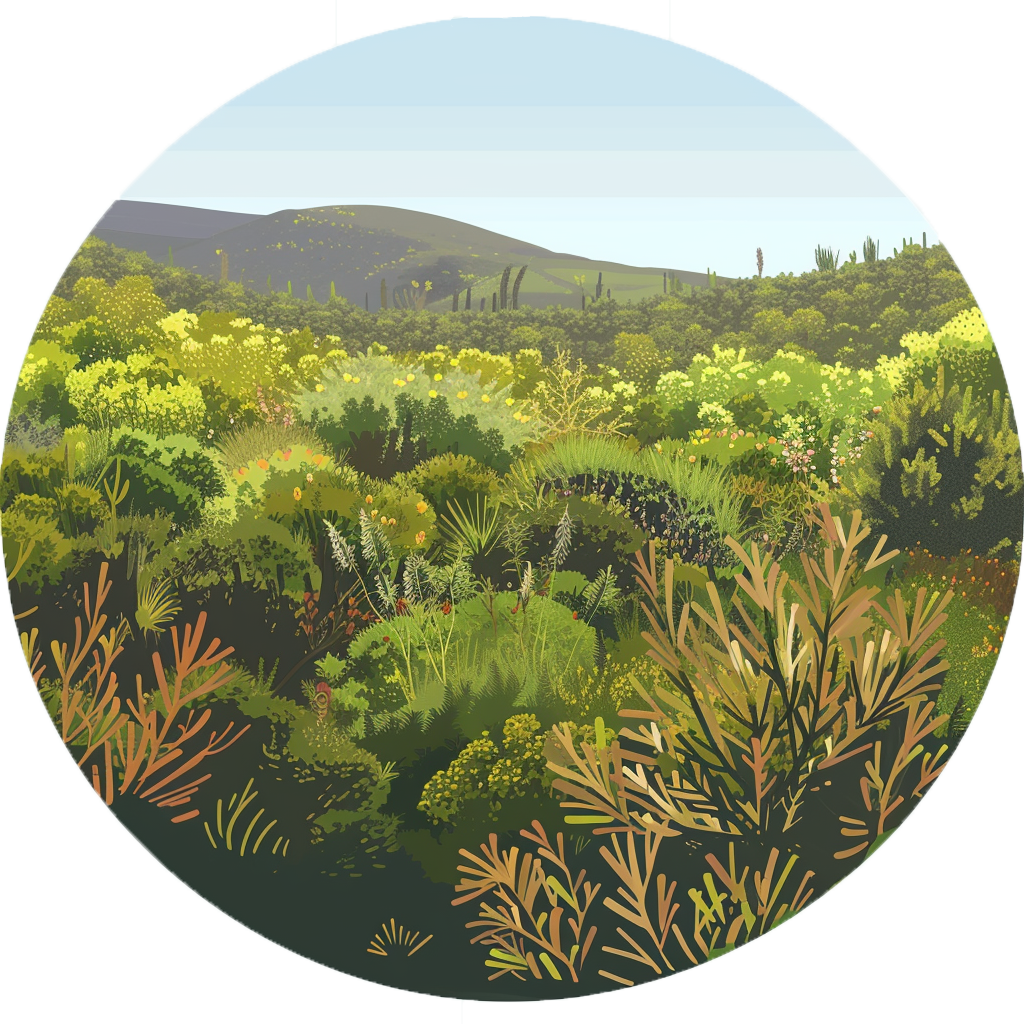
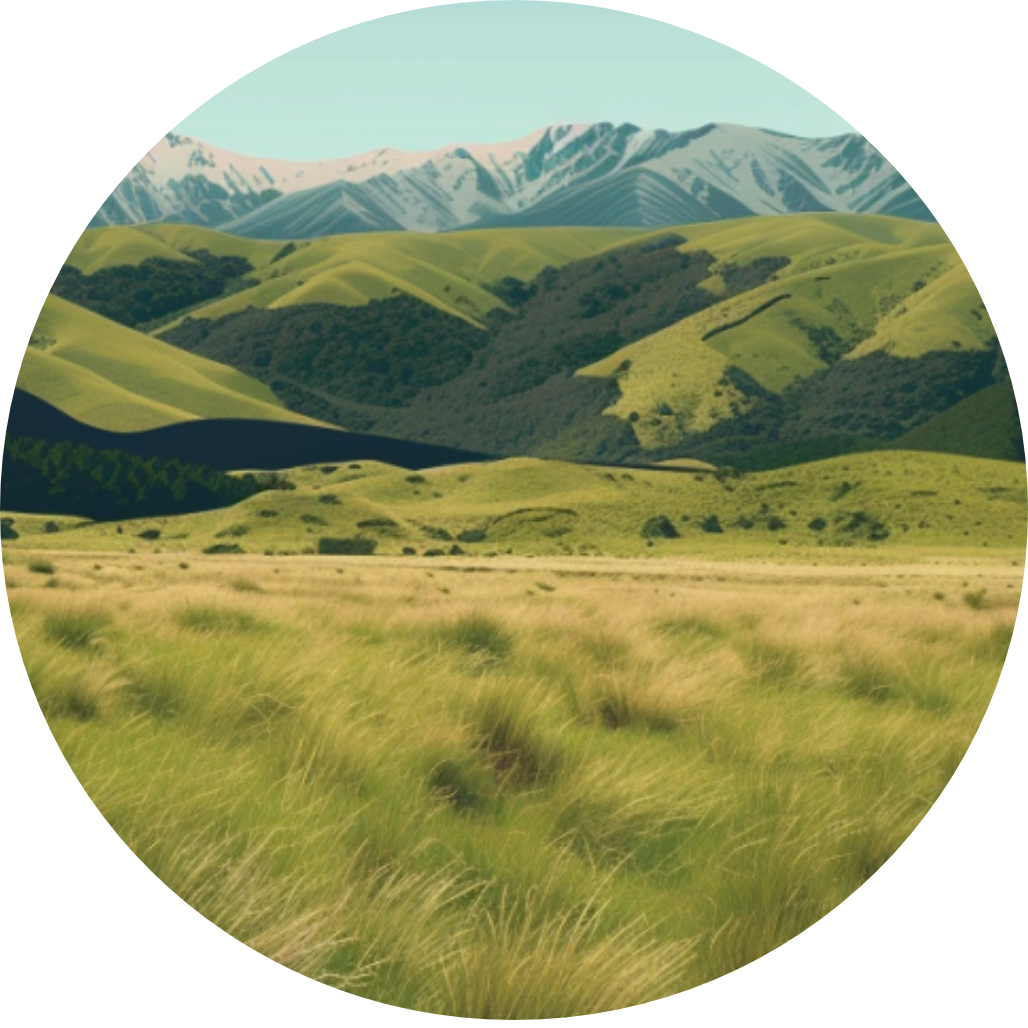
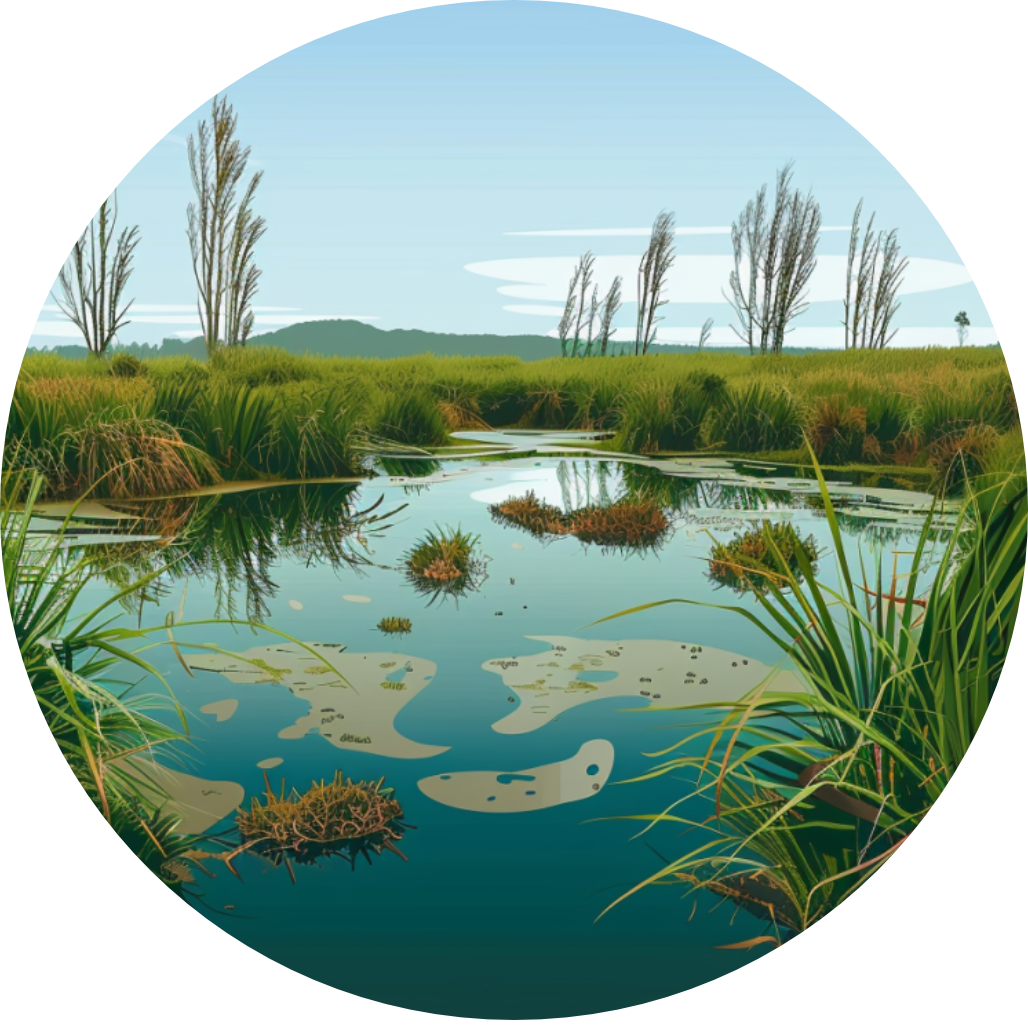
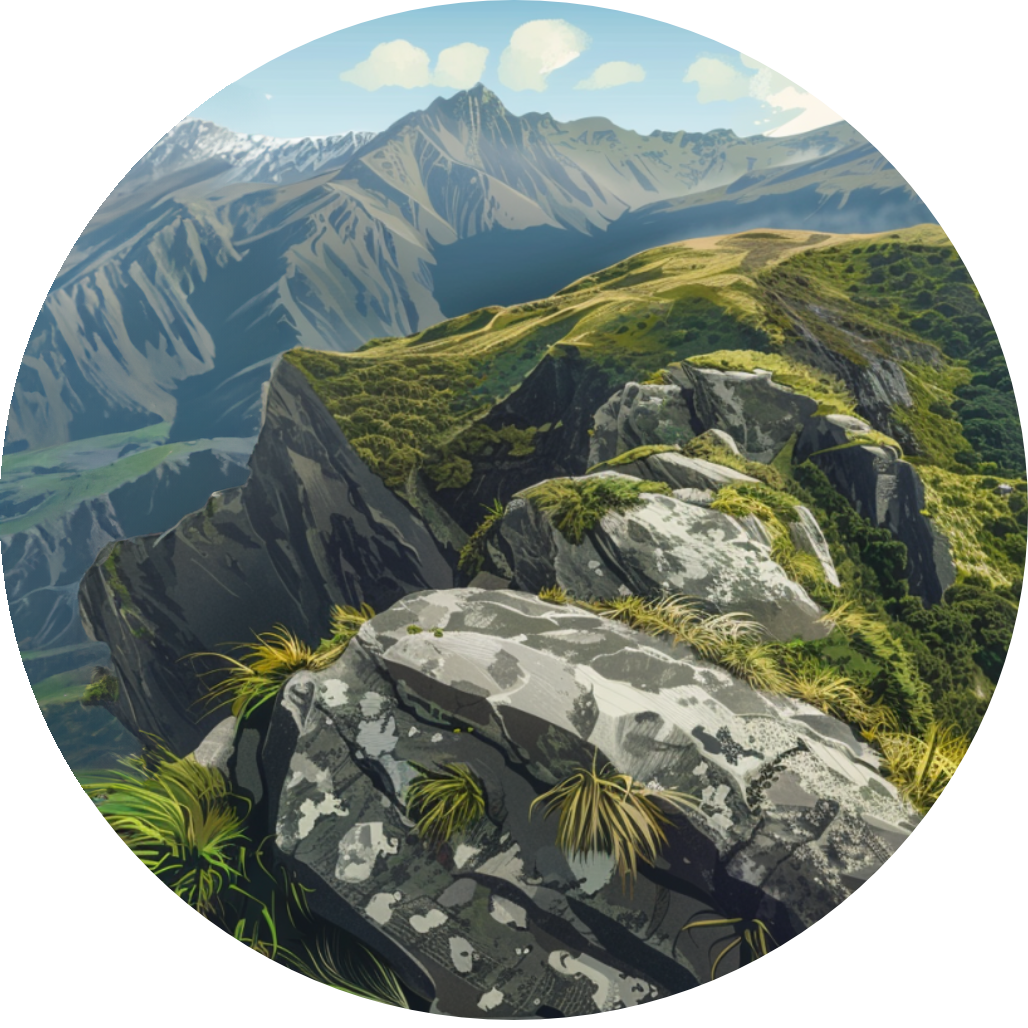
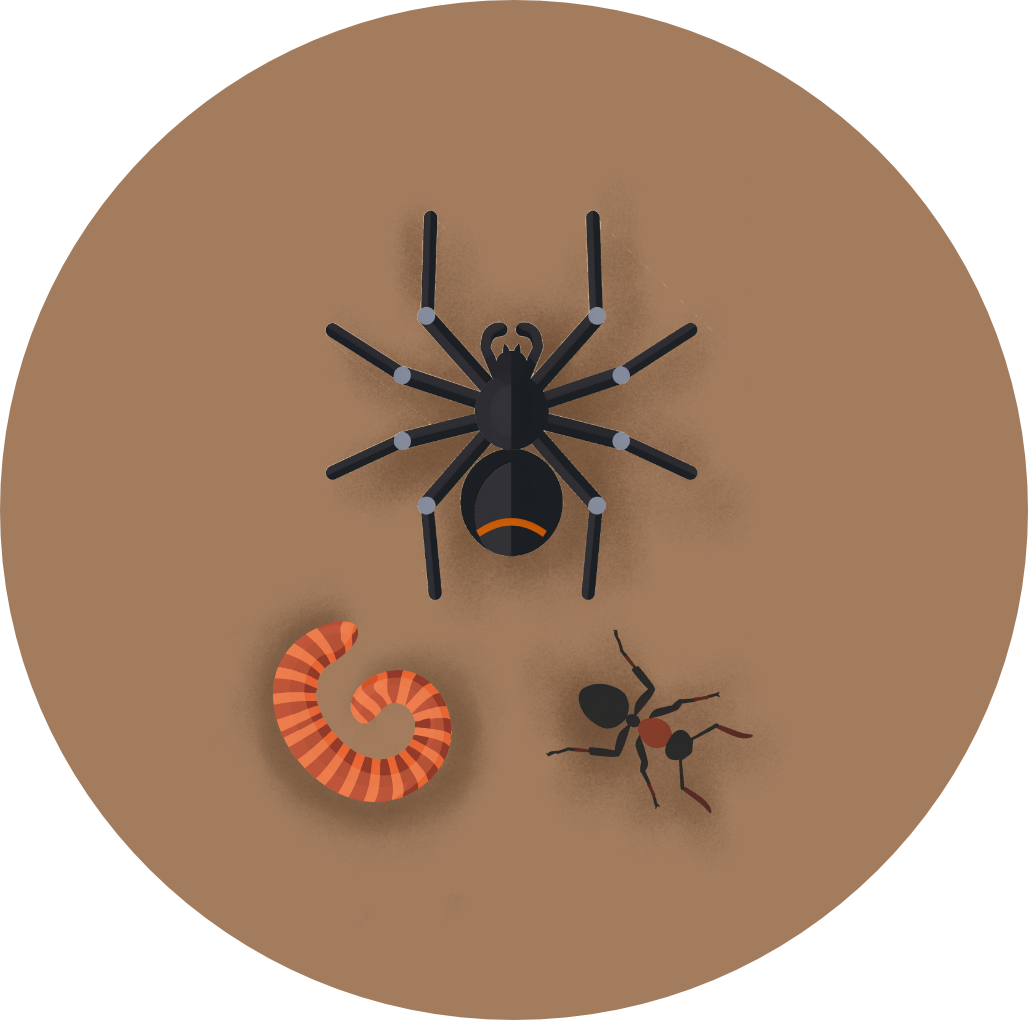

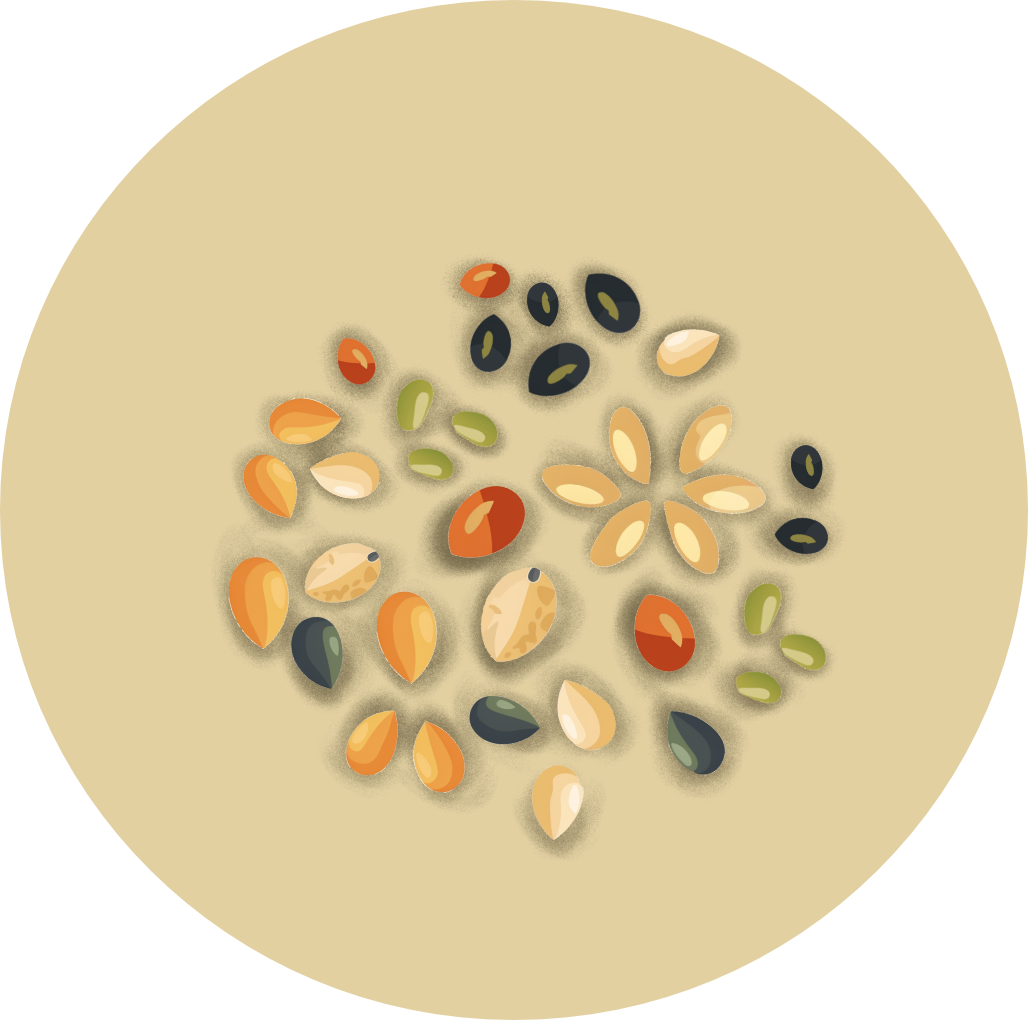

Coming Soon!
Top birding locations will be available in a future update.